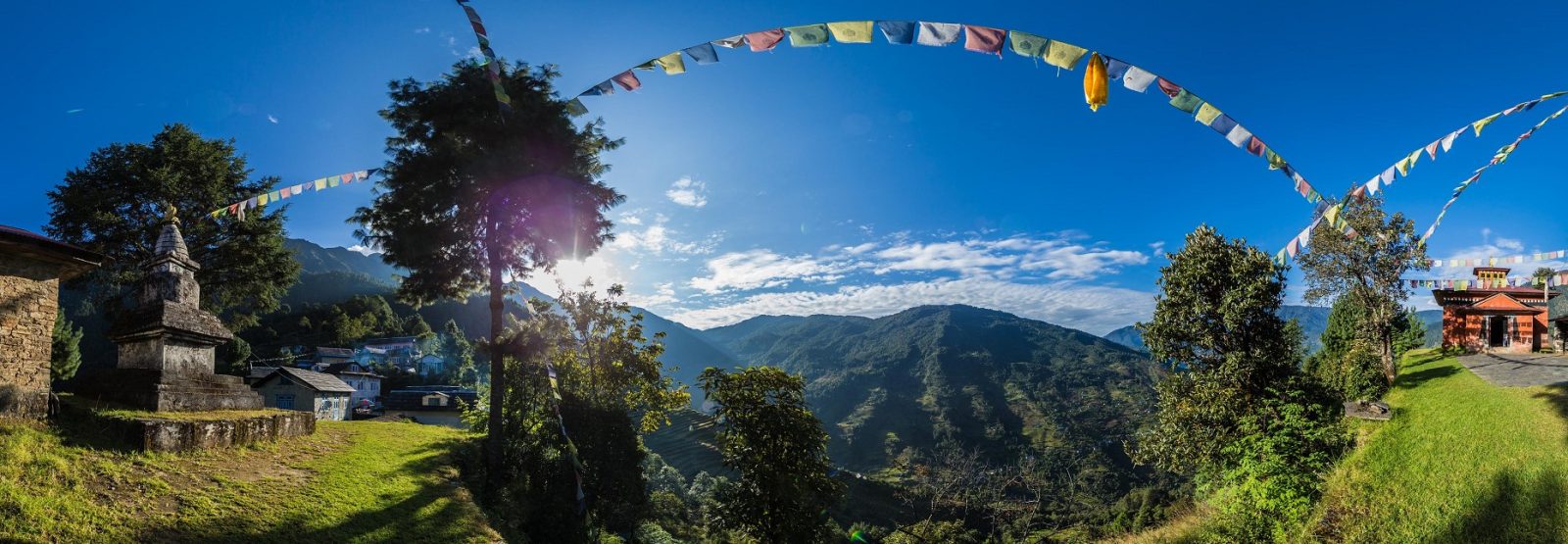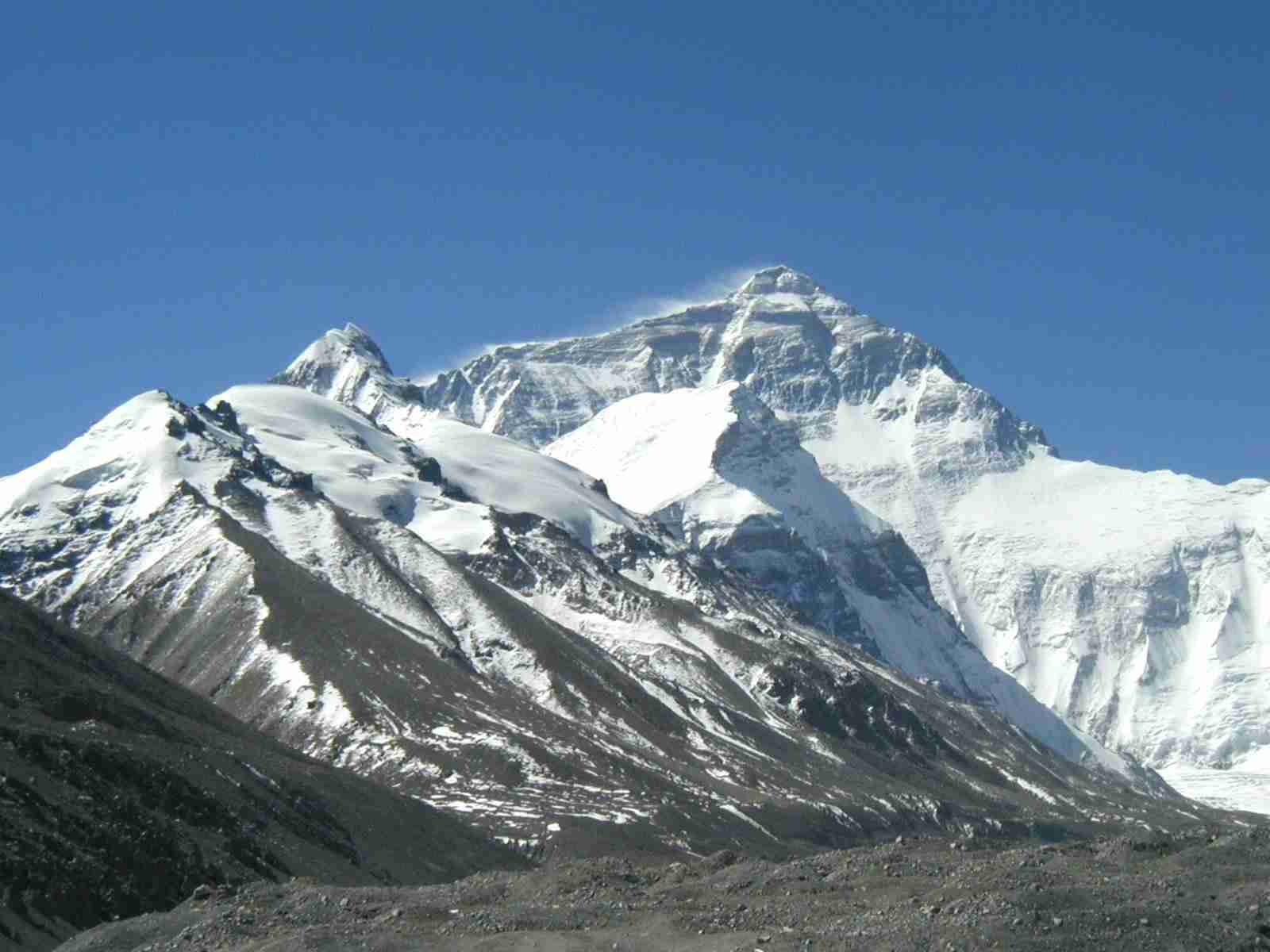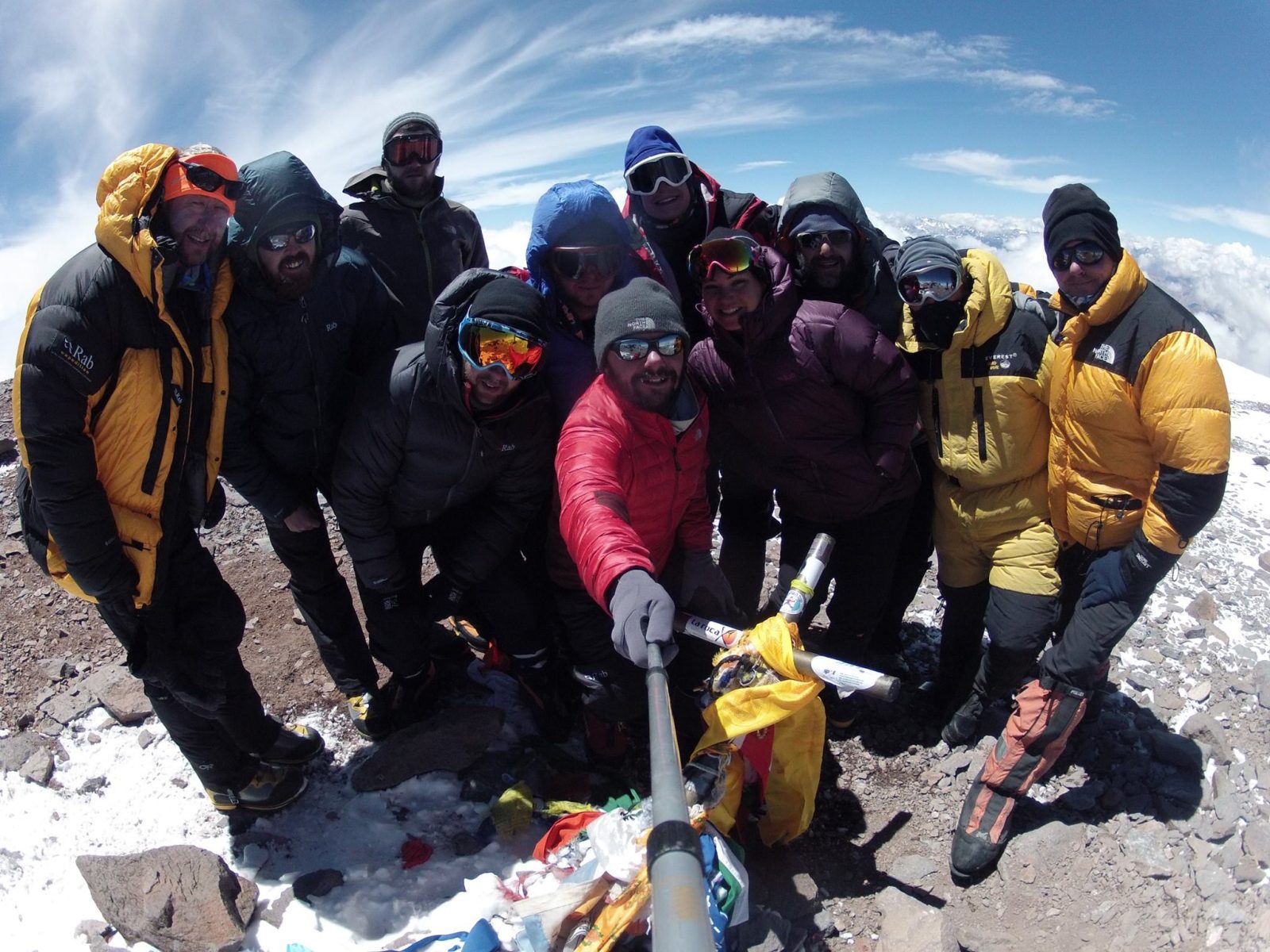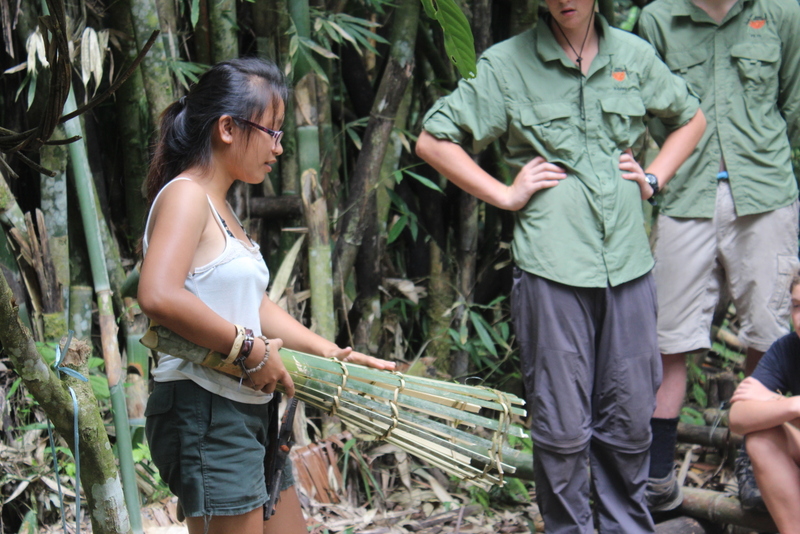
Nepal Practical Information & Tips
This page outlines some practical information in preparation for your trip to Nepal. Please read through this carefully, like travel to any remote destination, careful planning is required. If you can’t find the information you are looking for, check out our Trip Preparation page or contact us with any questions you may have.
DO I NEED A VISA TO VISIT NEPAL?
A visa is required for entry into Nepal and it can either be purchased on arrival or you can get it from your local Nepalese Embassy. For UK Nationals who wish to obtain a visa before arrival apply by post or in person with the Nepalese Embassy in London. For other nationalities you should check with your local Nepalese consulate. The easiest and cheapest way is to just get the visa on arrival in Nepal (check the Embassy website in advance for a list of nationalities that cannot get the Visa on arrival).
If you are planning on getting your tourist visa on arrival in Nepal then you will need to know the following;
- Passport photos are technically no longer required as there are new machines that take a photo of you, however it’s best to carry at least 2 x passport photo’s with you to Nepal in case these machines are not working (even the Nepal Embassy in London still recommends carrying 2 x passport photo’s if getting the visa on arrival). Carry a couple more if you’re trekking / climbing or on a medical elective as you need them for hospital registration on electives, and for trek permits, climbing permits, etc.
- A 15-day single/multiple entry visa is $30, a 30-day single/multiple entry visa is $50 and a 90-day single/multiple entry visa is $125
- You can also pay the visa in Euro’s or Sterling (costs in Euro or Sterling are dependent on the exchange rate with the US Dollar, we recommend having the correct money in US Dollars)
- You cannot pay for the visa with a credit or debit card (cash only)
- For the address in Nepal on the visa application use ‘Adventure Alternative Nepal’, Guest House & Office, Payuntar 11, Kapan, Budanilkantha Municipality, Kathmandu.
- Passports should be valid for a minimum of 6 months from your arrival date
- Visa application forms can be picked up at entry points (some airlines hand them out on flights to Kathmandu) or you can download a printable version of the Visa form at your local Nepalese Embassy website.
- Carry a pen in your hand luggage, you’ll be hard-pressed to find one on arrival in Nepal.
- You will need to join two queues – first to submit your forms, passport photo and obtain receipts (there are now ATM-like passport scanning machines at Tribhuvan airport in Kathmandu where you scan your passport and enter the address in Nepal, duration of your stay and get your photo taken before being issued with receipt from the machine. However, you may need to show patience and persistence with them!), then a second queue to submit payment and your receipts, photo and forms (there are different queues depending on the length of your stay… Don’t join the wrong one).
Hopefully, the Visa application will be the most stressful part of your trip to Nepal, it is a bit of a melee.
NB: To extend a tourist visa in Nepal go to the Department of Immigration in Kathmandu or the Immigration Office in Pokhara where an additional 30 days can be added to a tourist visa. However, over the course of a visa year (January – December) a tourist cannot stay more than a total of 150 days in Nepal.
To speed up the process (if applying in person for a visa in advance) and to avoid unnecessary problems at the Nepalese Embassy we advise you to submit a complete Online Tourist Visa Application form to the Immigration Authority of Nepal. Once you complete the online form you can download it, print and bring with you ready to present on your arrival in Kathmandu. There is some guidance on completing the online tourist visa application below.
Keep your valid passport at hand, you’ll need to use it during the online application and have a recent digital passport style photograph (size: 1.5” x 1.5”) to upload on the online application. Most of the application is self-explanatory however there are a few fields which need further explanation to ensure you are putting in the correct details
- Passport Validity – This is the expiry date on your passport
- Permanent Address – This is your home address, the ‘Pin Number’ refers to your postcode
- Address in Nepal – ‘House No.’ is 11, ‘Street Name’ is Payuntar, ‘Ward No.’ is 11, ‘VDC/Municipality’ is Budanilkantha and ‘District’ is Kapan.
- When entering telephone numbers include the international dialling code
- Under ‘Visa requested from’ put in your arrival/departure dates… There are 4 x boxes in total to enter dates, and if you put the same arrival/departure dates in then it tends to work (there should only be different dates entered if you are applying for a visa extension).
- Generally, you will be selecting a tourist visa under ‘Visa Type’
- Under address in Nepal select Other and put in AANepal Guest House under ‘Name of the Place’. The ‘Ward No.’ is 11, ‘VDC/Municipality’ is Budanilkantha and ‘District’ is Kapan
- Under ‘Office’ select Immigration Department
The submitted application will remain in the system for 15 days. After 15 days, the application will be deleted automatically. Once the application is successfully submitted, a receipt will be sent to your email immediately, print the receipt and keep it with you as you need to produce when you visit the Nepalese Embassy. For your convenience, the deadline to contact the Immigration Authority will be mentioned in the receipt. The receipt also mentions the documents you need to produce before the Immigration Authority (the receipt and proper documents and the necessary fee).
WHERE DO I ARRIVE WHEN VISITING NEPAL?
Most international visitors will arrive in Nepal by air via Kathmandu. Tribhuvan International Airport (KTM) is the largest airport in Nepal. It can be a bit of a shock to the system upon arrival but don’t worry, there is order in the perceived chaos. Try not to make a fuss about the airport, both locals and visitors have to deal with arriving here, and commenting on it will only alienate local people.
We can arrange accommodation for you in Kathmandu. There are many options to chose from, for a list of what we recommend click here.
WILL I BE ABLE TO CONTACT HOME WHILE I AM AWAY?
Nepali time is GMT/UTC plus 5 hours 45 minutes. Nepal’s country code is +977. For making calls back home, international rates can be quite expensive, be sure to check with your local carrier prior to visiting Nepal. Consider downloading WhatsApp, a free internet-based texting and calling service to keep in touch with loved ones. Wi-Fi is available in most hotels in major cities. Along trekking routes, Wi-Fi is available in some locations for a small fee. For the Everest region, you can purchase a prepaid card for Everest Link, should you require the internet. The service is fairly reliable, except in cases of inclement weather. Purchases can be made in some lodges, or in major cities prior to departure to your trekking area.
Cellular service is available in major cities and along popular trekking routes that have permanent settlements. However, keep in mind that you are still travelling through remote areas. Service is not always working or reliable. Since you will be travelling in remote areas, we cannot guarantee cellular services or internet. Expect to be unplugged for the majority of the journey.
WHAT VACCINATIONS DO I NEED?
We heavily advise that you schedule an appointment with your doctor, or a travel-specific doctor prior to coming to Nepal to discuss your health needs. Please see our Nepal Trip Preparation Page for additional health information.
Do plan on bringing any prescriptions you may require during your stay. Medication does exist in Nepal, but the quality and type may not be something you are used to.
WHAT IS THE QUALITY OF MEDICAL FACILITIES IN NEPAL?
Nepal is a developing nation and although high-altitude tourism is common, medical treatment centers are limited. Most medical facilities are not up to Western standards. However, the usual ailments and some surgeries can be performed in Kathmandu. For serious and life-threatening injuries or illnesses, evacuation to a nearby country or back home may be required.
Although we do not anticipate any problems during your trek, accidents do happen in the mountains. We require that you carry traveler’s insurance that covers a helicopter evacuation at the altitude you will be climbing. For more information see our Travel Insurance page.
WILL I HAVE ACCESS TO AN ATM IN NEPAL?
Cash withdrawal from ATMS are available in Kathmandu and Pokhara in the form of Nepalese Rupees. Finding the correct ATM to accept your card can present a bit of a challenge in Nepal. If a machine does not take your card, simply try another. ATMs are typically found in clusters, with a guard overseeing them. Please note that ATMs only operate during normal business hours in Nepal. Most ATMs only allow 10,000Rs at a time, although you can make multiple transactions with the same ATM.
Credit cards are widely accepted in major cities throughout Nepal. Keep in mind, most credit card transactions happen via paper, fraudulent charges can be a problem in Nepal. It is best to use cash whenever possible. However, cash is king in more rural areas. While trekking, it is important to have cash on hand for any extra items you may want to purchase as credit or ATM cards are typically accepted. This includes boiled water, hot showers, Wi-Fi, extra snacks and drinks, souvenirs, or a piece of gear you may need. For an idea of how much extra items may cost while on your adventure please see our Local Price Guide. Keep in mind as you go higher up, the prices increase substantially.
WHAT CAN I EXPECT FROM TOILET FACILITIES?
Western style, sit toilets are common in hotels in major cities. Along trekking routes, the quality and cleanliness of toilet facilities vary widely. There are public toilets available for use (sometimes for a few Rupees) along the walking trails in Nepal. These will likely be the roughest toilets you will encounter. Usually, a long drop, squat style toilet with a wooden privacy shed. Meaning there is a slat-opening in the floor where your business goes and a long drop to the bottom of the pit. These toilets are not always clean, so do take care upon entering. Typically, there is no toilet paper and pine needles are used to cover your mess.
Most major villages and teahouses have piped sewage system. Toilets may be western, eastern, or one of each at teahouse facilities. “Flushing” is usually done by pouring a bucket of water into the hole. Toilet paper or other products should never be “flushed” in Nepal. Always use the waste bins provided. Toilet facilities may be located in a separate area down the hall from your sleeping quarters, inside of your room, or as on outhouse detached from the building.
We advise to always bring toilet paper for your trek. Teahouses do have toilet paper available for purchase, but it is quite expensive. For ladies, utilizing a wee-rag or “Shewee” device helps when you need to wee. A wee-rag is a small bandana or cloth that you use when you go number one. Simply wipe when you are finished and attach the rag to your pack to dry and disinfect as you walk. A “Shewee” is a device that enables females to wee standing up, certainly handy along the trail. For feminine hygiene products consider investing in a menstruation cup. A menstruation cup is reusable, after being cleaned per manufacturer instructions. This helps eliminate the need for hygiene product waste, making life on the trail a much simpler experience.
WHAT IS THE WATER QUALITY IN NEPAL?
You should always treat any tap, spring, or natural water in Nepal. Purification can be done using one of several methods. A SteriPen is a good option, however, be sure to bring plenty of extra batteries. In Kathmandu, you can purchase iodine and chlorine tablets that will purify water. Another option is to use a backcountry or wild camping water filter. Whichever method you choose it is important to also bring a backup method as well.
The water out of the tap in Kathmandu and Pokhara is unfit to drink, brush your teeth, rinse your mouth, etc. It will need to be purified using one of the methods described above. The same rules apply along the trek. There is the opportunity to use communal village springs to refill your water, but take care to filter prior to drinking. Also, while in teahouses, you can fill your water bottle up with boiled water. At night, this provides an added benefit of warmth when stuffed in your sleeping bag.
We also recommend using a hard water bottle, capable of withstanding hot water temperatures instead of a water bladder. A bladder can melt if hot water is placed inside of it, and the hose can freeze when temperatures dip below freezing at night.
We do not promote the use of disposable plastic water bottles in Nepal. Unfortunately, Nepal does not sustain a recycling system capable of properly handling plastic waste. Plastic waste is a huge concern for the Nepalese. As a responsible tour agency, we strongly urge you to rely on a different method for drinking water.
Book Your Adventure of a Lifetime Now
Discover our trips to other Countries
Adventure Alternative Articles

12 MONTHS, 12 MOUNTAINS
Climbing Calendar Ready for World Mountain Day In celebration of World Mountain Day, we've created a calendar for the year to make it easy for...

Mount Aconcagua Trip Review
January 2016 This year we had a team of twelve clients from four different countries – Iran, Ireland, England, South Africa and Argentina –...

Alcey’s Survival Skills Course at Lupa Masa Jungle Camp
SURVIVAL SKILLS COURSE AT LUPA MASA JUNGLE CAMP | ADVENTURE ALTERNATIVE In celebration of International Rural Women’s Day, we’re talking...